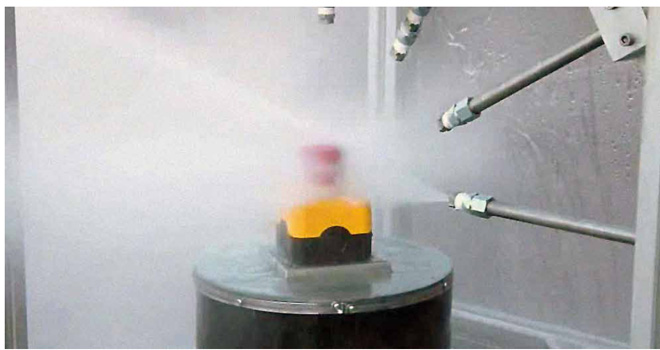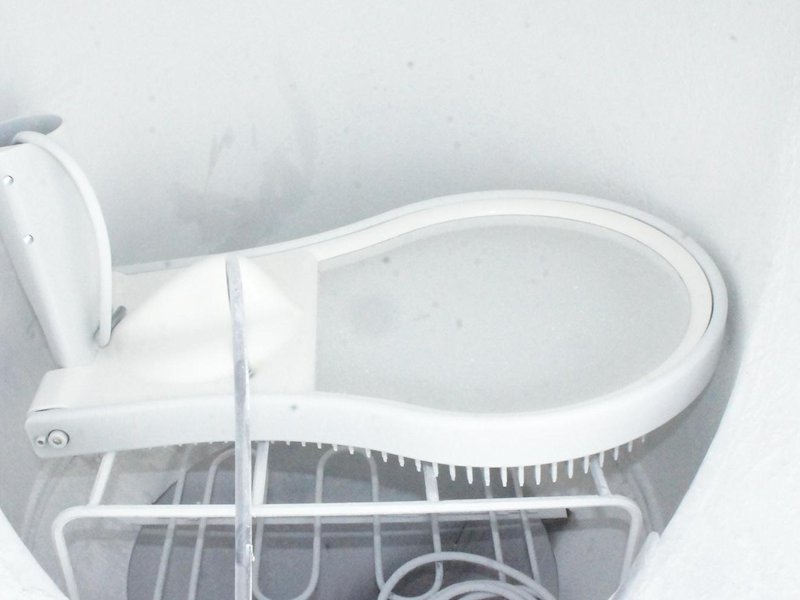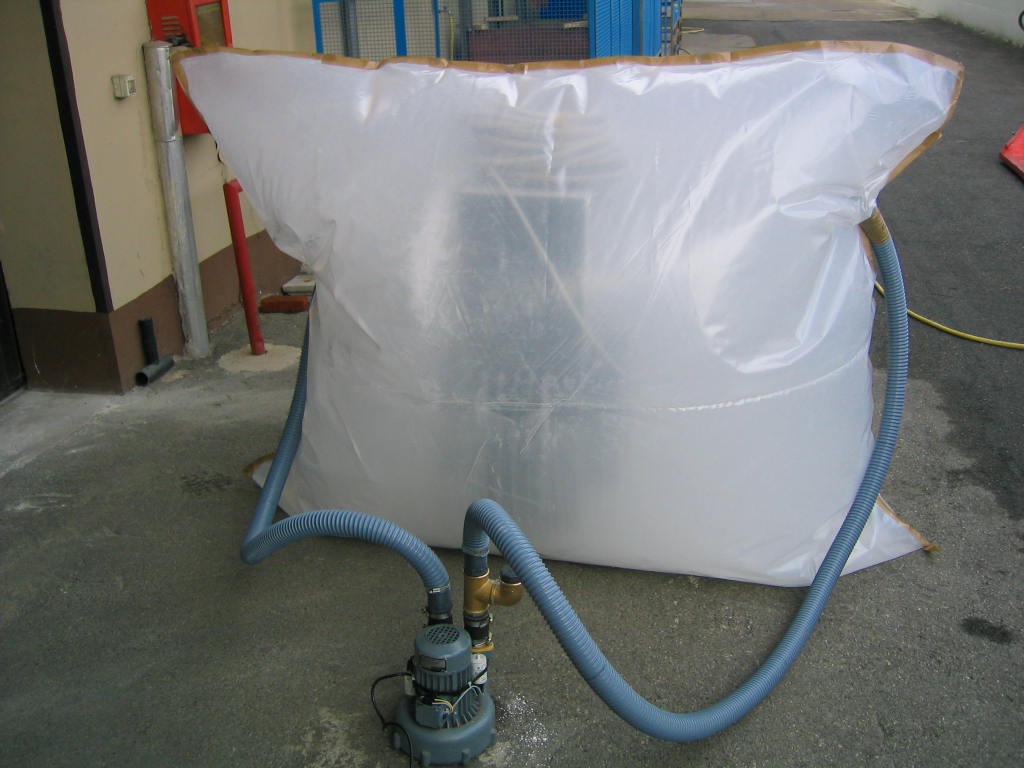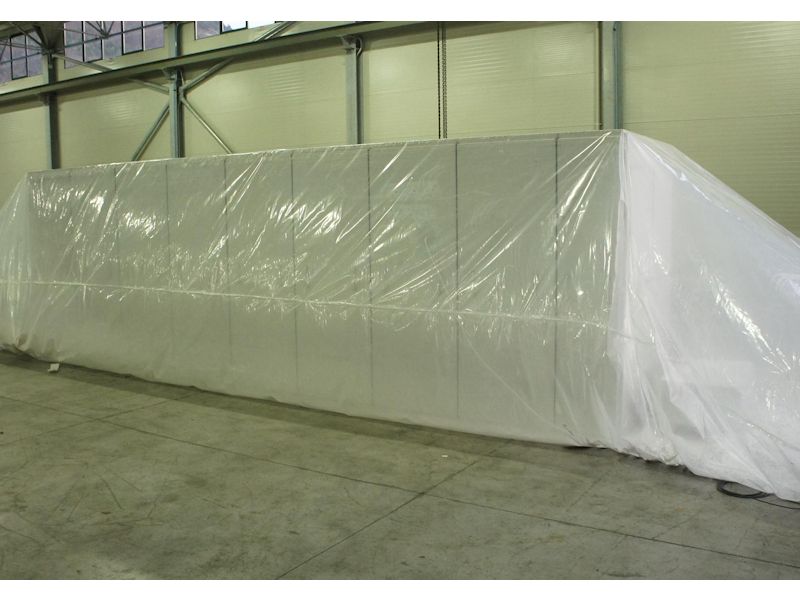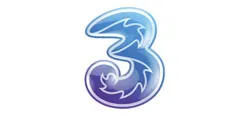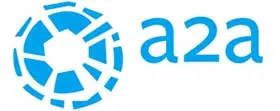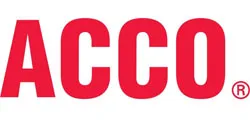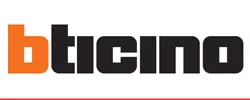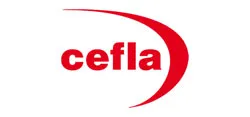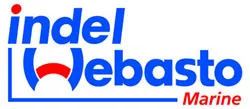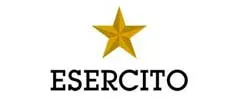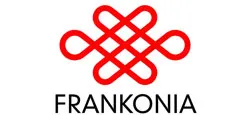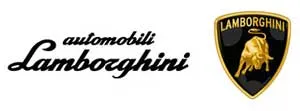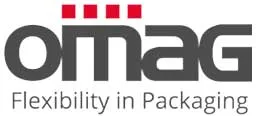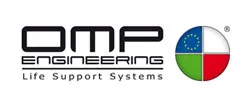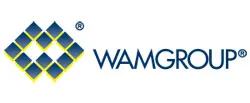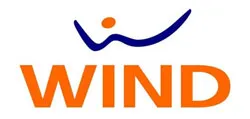-
The IP tests are regulated in Europe by the CEI EN 60529 1997-06 standard (IEC529 ex CEI 70-1) + A1 2000-06 Define
"Degrees of protection of enclosures", capable of establishing a degree of protection of the internal parts of any equipment or electrical material, the rated voltage of which
it does not exceed 72.5 kV.
- IP1X Test
- IP11 Test
- IP12 Test
- IP13 Test
- IP14 Test
- IP14K Test
- IP15 Test
- IP15K Test
- IP16 Test
- IP16K Test
- IP17 Test
- IP18 Test
- IP19 Test
- IP19K Test
- IP2X Test
- IP21 Test
- IP22 Test
- IP23 Test
- IP24 Test
- IP24K Test
- IP25 Test
- IP25K Test
- IP26 Test
- IP26K Test
- IP27 Test
- IP28 Test
- IP29 Test
- IP29K Test
- IP3X Test
- IP31 Test
- IP32 Test
- IP33 Test
- IP34 Test
- IP34K Test
- IP35 Test
- IP35K Test
- IP36 Test
- IP36K Test
- IP37 Test
- IP38 Test
- IP39 Test
- IP39K Test
- IP4X Test
- IP41 Test
- IP42 Test
- IP43 Test
- IP44 Test
- IP44K Test
- IP45 Test
- IP45K Test
- IP46 Test
- IP46K Test
- IP47 Test
- IP48 Test
- IP49 Test
- IP49K Test
- IP5X Test
- IP5K Test
- IP5KX Test
- IP51 Test
- IP52 Test
- IP53 Test
- IP54 Test
- IP54K Test
- IP5K4K Test
- IP55 Test
- IP55K Test
- IP5K5K Test
- IP56 Test
- IP56K Test
- IP5K6K Test
- IP57 Test
- IP58 Test
- IP59 Test
- IP5K9K Test
- IP59K Test
- IP6X Test
- IP6K Test
- IP6KX Test
- IP61 Test
- IP62 Test
- IP63 Test
- IP64 Test
- IP64K Test
- IP6K4K Test
- IP65 Test
- IP66 Test
- IP66K Test
- IP67 Test
- IP68 Test
- IP69 Test
- IP69K Test
- IP6K9K Test
- IPX1 Test
- IPX2 Test
- IPX3 Test
- IPX4 Test
- IPX4K Test
- IPX5 Test
- IPX5K Test
- IPX6 Test
- IPX6K Test
- IPX7 Test
- IPX8 Test
- IPX9 Test
- IPX9K Test
This standard allows to indicate, through the IP code (Degree of Protection), the level of protection of enclosures for electrical equipment, against access to dangerous parts inside the casing and against the penetration of solid foreign bodies (as well as dust ) and water.
Select here the IP degree for which you want to get a quotation:
WATER TESTS
(from IP X1 to IP X8)
- IP X1 Protected against vertical falling water drops.
- IP X2 Protected against vertical falling water drops when device is hited up to 15°.
- IP X3 Protected against spraying water.
- IP X4 Protected against splashing water.
- IP X5 Protected against water jets.
- IP X6 Protected against heavy seas, powerful water jets.
- IP X7 Protected against effects of immersion.
- IP X8 Protected againstindefinite immersion.
DUST TESTS
(from IP1X to IP 6X)
- IP 1X Protected against solid bodies > a 50 mm and the back of the hand.
- IP 2X Protected against solid bodies > a 12 mm and a finger.
- IP 3X Protected against solid bodies > a 2,5 mm and a tool larger in diameter than 25 mm.
- IP 4X Protected against solid bodies > a 1 mm and a wire larger in diameter than 1,0 mm.
- IP 5X Protected against dust and wire.
- IP 6X Completly Protected against dust and wire.
If instead you are interested in IP69K tests click here.
The German regulation DIN 40050 part 9, created for the automotive sector, has the same object and purpose as the EN 60529 standard but introduces other degrees of protection.
Observing the second characteristic figure (part 2), it is noted that the letter K is inserted which delineates a higher level of protection in the tests with high pressure sprays or jets.
See the table below.
| Part 2 | Protection of persons against access to dangerous parts | Jet pressure according to DIN 40050-9 | Reference Standards |
| 0 | Not protected | EN 60529 DIN40050-9 | |
| 1 | Protected against the vertical fall of drops of water | EN 60529 DIN40050-9 | |
| 2 | Protected against vertical drops of water drops with inclination of the enclosures up to 15" | EN 60529 DIN40050-9 | |
| 3 | Protected against rain with casing inclination up to 60" | 50-150Kpa (80 kpa with oscillating tube) | EN 60529 DIN40050-9 |
| 4 | Protected against splashing water (water sprayed from all directions) | 50-150Kpa (80 kpa with oscillating tube) | DIN40050-9 |
| 4k | Protected against high pressure water splashes (water sprayed from all directions | 400Kpa | EN 60529 DIN40050-9 |
| 5 | Protected against water jets (jet water from all directions) | 30Kpa | EN 60529 DIN40050-9 |
| 6 | Protected against powerful jets of water (powerful jet water from all directions) | 100Kpa | EN 60529 DIN40050-9 |
| 6K | Protected against powerful jets of water in all directions (water in powerful jet from all directions) | 1000Kpa | DIN40050-9 |
| 7 | Protected against the effects of temporary immersion | EN 60529 DIN40050-9 | |
| 8 | Protected against the effects of continuous immersion | EN 60529 DIN40050-9 | |
| 9K | Protected against high pressure or water vapor washing jets (water or jet steam from all directions) | 8000Kpa – 10000 Kpa | DIN40050-9 |
In America and Canada the degree of protection is defined by a series of tests regulated by an underwriters laboratories - UL standard 508 - TYPE; and from the National electrical manufacturers association - STANDARD 250 - NEMA instead of the IP Grade. Compared to EN 60529, the NEMA classification takes into account other specific factors such as rust, corrosion, oils and coolants, ice, explosive powders and gases..
| IP | Enclosure Type | Intended Use | Description |
| IP 20 | NEMA 1 | Indoor use | Limiter amounts of falling dirt |
| IP 55 | NEMA 3 | Indoor use | Rain, sleet, windblown dust, external formation of ice. |
| IP 54 | NEMA 3R | Outdoor use | Rain, sleet, external formation of ice. |
| IP 55 | NEMA 3S | Outdoor use | Rain, sleet, windblown dust, external mechanism operable when ice laden. |
| IP 56 | NEMA 4 | Indoor or Outdoor use | Windblown dust and rain, splashing water, hose directed water, external formation of ice. |
| IP 56 | NEMA 4X | Indoor Outdoor use |
Windblown dust and rain, splashing water, hose directed water, corrosion, external formation of ice . |
| IP 52 IP 53 |
NEMA 5 | Indoor use | Setting airbone dust, falling dirt, non-corrosive liquids |
| IP 67 | NEMA 6 | Indoor Outdoor use |
Hose directed water, temporary submersion, external formation of ice. |
| IP 68 | NEMA 6P | Indoor Outdoor use |
Hose directed water, prolonged submersion,external formation of ice. |
| NEMA 7** | Indoor | Class I, Division 1, Groups A, B, C and D hazardous locations, air-break equipment. | |
| NEMA 8** | Indoor Outdoor use |
Class I, Division 1, Groups A, B, C and D hazardous locations, oil-immersed equipment. | |
| NEMA 9** | Indoor use | Class II, Division 1, Groups E, F and G hazardous locations, air-break equipment. | |
| NEMA 10** | Mining applications. | ||
| IP 54 | NEMA 12 | Indoor use | Circulating dust, falling dirt, dripping noncorrosive liquids. |
| IP 52 IP 54 |
NEMA12K | Circulating dust, falling dirt, dripping noncorrosive liquids, provided with knockouts | |
| IP 54 | NEMA 13 | Indoor use | Lint, dust, spraying of water, oil and noncorrosive coolant. |
The correlation between the IP code and the NEMA degree is not unique and binding
** Enclosure Type for U.S. only (ref. NEMA 250)
